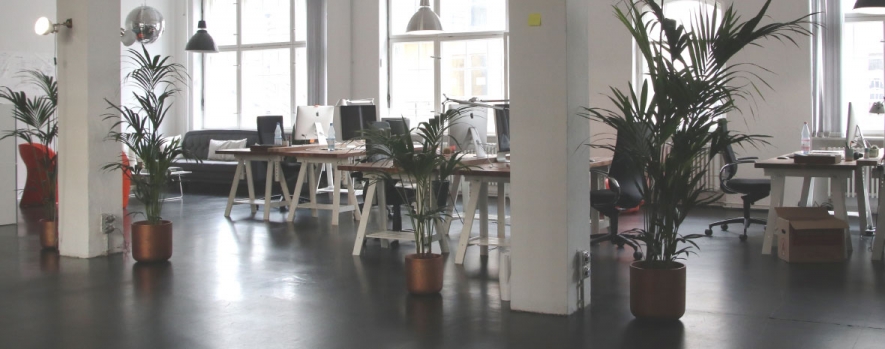
Safety Clothing for Mold Remediation
Mold is everywhere and it multiplies rapidly. It can be found in natural sources such as soil, rotting vegetation, and wood, as well as in building materials such as insulation, carpeting, drywall, textiles, wallpaper, and more. In nature, mold helps break down decaying organic material like deceased animals, dead plants, fallen leaves, and dead trees. Mold growth can be found pretty much anywhere that water/moisture and oxygen are present.
Indoor mold is the true concern because it can produce toxins, cause infections, and allergy symptoms. Like all fungi, mold and mold spores grow in moisture-rich areas and don't need sunlight to grow. In buildings, mold commonly develops in areas around roof leaks, gutter leaks, windowpanes, leaky pipes, unvented stoves, and especially when there has been flooding and a structure has taken on water.
Other materials that support mold growth include paper products like cardboard, in addition to ceiling tiles, wood, paint, fabric, upholstery, and even dust. However, not all mold is harmful. For example, the common antibiotic Penicillin is a mold, along with cheese, mushrooms, and yeast that makes bread.
What Are the Health Effects of Mold Exposure?
The largest threat to workers at remediation companies is the inhalation of mold spores. Individuals with a weakened immune system (autoimmune disorders; a cold or infection), allergies, sinusitis, asthma, or other lung disease are at the greatest risk of negative health effects. Young children and the elderly are also at a greater risk. The most common symptoms and health problems related to exposure include:
- Eye irritation (itchy, watery)
- Runny nose
- Coughing
- Congestion
- Sneezing
- Skin rash
- Aggravation of asthma
Severe reactions include hypersensitivity pneumonitis, a lung inflammation that develops as a result of an allergy-like reaction. This creates an immune sensitization that cannot be treated with antibiotics.
Choosing the Best Mold Remediation PPE: What to Wear When Cleaning Mold
According to OSHA, the EPA, and the Centers for Disease Control and Prevention (CDC), the recommended protective clothing for small area mold cleanup (less than 30 square feet of mold) include the following:
- Non-vented goggles for eye protection
- Long rubber gloves
- Disposable coveralls
- At a minimum, a half-face or full-face respirator (N, R, or P-95 respirator)
For large scale and visible mold concentrations (30 - 100 square feet or more), the following is recommended for safe mold removal:
- Non-vented goggles
- Long rubber gloves
- Full body disposable coveralls (head and feet must be covered)-- if full body coveralls are not on hand, combine long gloves and shoe or boot covers to ensure the length of the arms and legs are covered
- At a minimum, a half-face or full-face respirator (N, R, or P-100 respirator)
To learn more about specific remediation tactics based on the contaminated area's size, OSHA offers a PDF on mold and mold remediation protective clothing.
Disposable personal protective equipment is the optimal solution for environmental remediation workers who are removing mold from damaged structures. It’s also useful for individuals who are part of asbestos removal teams.
By disposing of protective clothing and contaminated materials after clean-up, workers isolate and contain the spread of mold spores to other areas. They will not bring them home on their clothes and they won't affect laundering services or others that clean and handle multi-use PPE.
International Enviroguard's Protective Clothing for Mold Cleanup
Body Filter 95+® offers the highest level of particle protection (mold spores, asbestos) of all of our products. With the ability to filter up to 0.3 microns, in a range between 95 and 99%, it offers protection that’s equal to that of an N-95 respirator.
This product line is ideal remediation workwear because it offers options for both small-scale and large-scale jobs that require either standard disposable coveralls or full-body disposable coveralls (attached hood and boots, long sleeves).